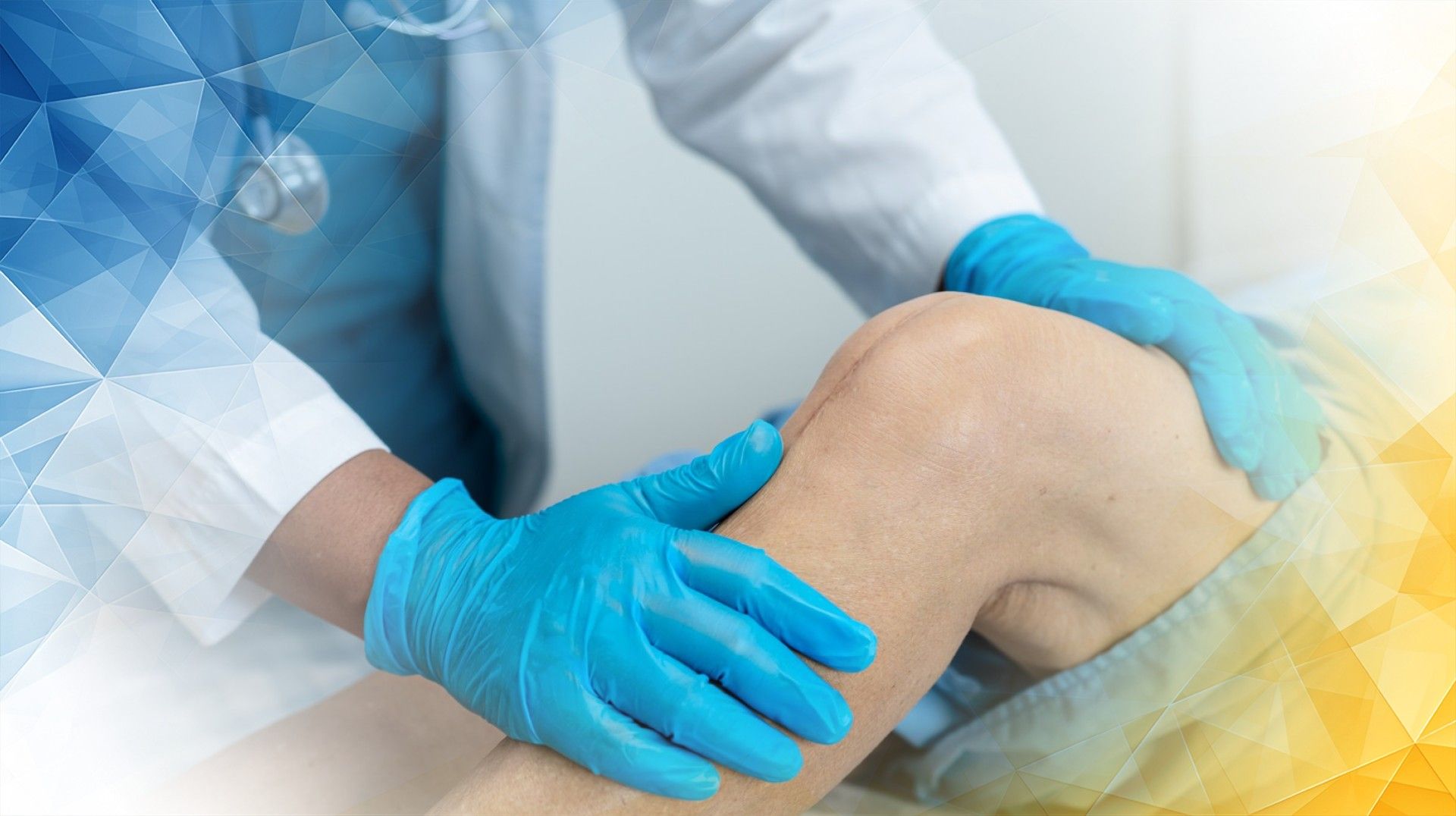



When it comes to injection treatments for conditions like polyacrylamide hydrogel (PAAG) and knee osteoarthritis (OA), precision is essential. Delivering medication or materials exactly where they’re needed helps ensure the best results while minimizing complications. That’s where ultrasound guidance comes in. By providing real-time imaging, ultrasound allows doctors to see inside the body as they work, guiding the needle with unmatched accuracy. This not only improves the effectiveness of treatments but also makes the experience safer and more comfortable for patients. Recent research highlights the benefits of PAAG for knee OA , particularly for older, non-diabetic patients with milder OA, showing improvements that last for at least two years. In this article, we’ll explore how ultrasound guidance is reshaping injection procedures, from preparation to after-care, and making a noticeable difference in patient outcomes.
Ultrasound uses high-frequency sound waves to create real-time images of tissues beneath the skin. This powerful tool lets clinicians navigate complex anatomy confidently, eliminating guesswork. Instead of relying only on landmarks or touch, doctors can watch the needle’s precise path as it enters the targeted area. Studies have shown that ultrasound-guided injections are up to 30% more accurate than traditional methods—especially in tricky joints like the knee. For PAAG treatments, where precise placement is vital for both cosmetic and functional outcomes, this technology makes a significant impact. Ultrasound guidance not only boosts the chances of a successful result but also lowers the risk of hitting blood vessels or nerves, making the procedure much safer overall. Careful technique and patient selection—like treating older, non-diabetic patients with less severe OA or those with symptoms in both knees —also play a role in achieving meaningful improvements.
On injection day, ultrasound is an essential part of every step. The clinician starts by scanning the area to identify the best target and check for any surprises, like fluid build-up or unusual anatomy. During the procedure, ultrasound guides the needle in real time, letting the doctor see its exact position before delivering the PAAG or osteoarthritis medication. A follow-up scan ensures proper placement and helps rule out immediate complications. This thorough, step-by-step approach speeds up the process, reassures patients, and boosts the clinician’s accuracy and confidence. Clinics that use ultrasound guidance also invest in specialized staff training and maintain strict hygiene standards to ensure the safest and most effective care.
Care after the injection is just as important as the procedure itself. Proper after-care helps patients recover comfortably and supports the success of the treatment. Patients receive clear instructions on managing any discomfort—like using ice packs or taking mild pain relievers. They also learn to look out for warning signs such as unusual swelling, redness, or worsening pain, which could signal a complication. Follow-up appointments often include ultrasound checks to monitor how the PAAG is settling or how the knee is responding in OA cases. While minor side effects can occur and some complications are possible, ongoing monitoring means any issues are noticed early and addressed quickly. Continuous support, frequent check-ins, and personalized advice give patients confidence and peace of mind throughout their recovery.
Ultrasound guidance is setting a new standard for PAAG and knee osteoarthritis injections by making procedures more precise, safer, and more efficient. It streamlines every stage of care, from initial assessment through follow-up, all while improving the patient experience. As ultrasound technology continues to advance and becomes more widely available, this approach is quickly becoming the norm in clinics worldwide. These advancements promise even better outcomes for patients and mark a new era in minimally invasive treatments—a win for both clinicians and the people they care for.
Gao, H. C. K., Akhtar, M., Creedon, C., Nar, Ö. O., Verma, T., & Lee, P. Y. F. (2025). Polyacrylamide hydrogel injections in knee osteoarthritis: A PROMs-based 24 month cohort study. Journal of Clinical Orthopaedics and Trauma, 103136. https://doi.org/10.1016/j.jcot.2025.103136
All our treatments are selected to help patients achieve the best possible outcomes and return to the quality of life they deserve. Get in touch if you have any questions.
At London Cartilage Clinic, we are constantly staying up-to-date on the latest treatment options for knee injuries and ongoing knee health issues. As a result, our patients have access to the best equipment, techniques, and expertise in the field, whether it’s for cartilage repair, regeneration, or replacement.
For the best in patient care and cartilage knowledge, contact London Cartilage Clinic today.
At London Cartilage Clinic, our team has spent years gaining an in-depth understanding of human biology and the skills necessary to provide a wide range of cartilage treatments. It’s our mission to administer comprehensive care through innovative solutions targeted at key areas, including cartilage injuries. During an initial consultation, one of our medical professionals will establish which path forward is best for you.
Contact us if you have any questions about the various treatment methods on offer.
Legal & Medical Disclaimer
This article is written by an independent contributor and reflects their own views and experience, not necessarily those of londoncartilage.com. It is provided for general information and education only and does not constitute medical advice, diagnosis, or treatment.
Always seek personalised advice from a qualified healthcare professional before making decisions about your health. londoncartilage.com accepts no responsibility for errors, omissions, third-party content, or any loss, damage, or injury arising from reliance on this material. If you believe this article contains inaccurate or infringing content, please contact us at [email protected].